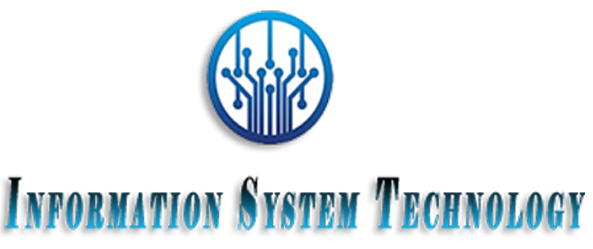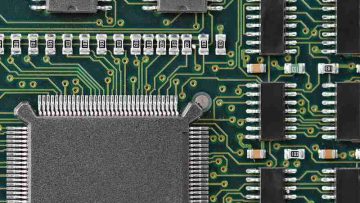We live in a world where technology is one of the most confusing words. I believe it is essential for our understanding of humanity’s entire history, and beyond. Several animals and even humans have been identified as tool users since the Palaeolithic Age, including birds, crows, and chimpanzees. Interestingly, ‘technology’ is relatively new as an actor’s category, What Is Technology? although cognate terms – science, arts, etc. – date back much further. However, even for a relatively recent English word, ‘technology’ encompasses often contradictory meanings.
Information Technology

In today’s world, Information Technology (IT) refers to everything people do with computers such as multi-media conferencing, eCommerce, cloud computing, online banking, speech recognition, intrusion detection system, and online advertisement. Computer networks and computers, however, are not the only technologies involved in this field; telephones, television, and the Internet are also important components of this field.
In business, today, What Is Technology? IT departments manage computers, create databases, and guarantee that business information systems run efficiently and securely. Thanks in part to advances in computer software, businesses are able to analyze data more precisely in order to discover hidden patterns and make informed decisions.
Biotechnology
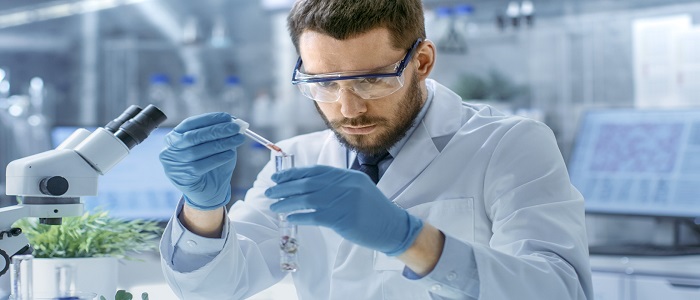
Application: Molding milk or baking bread, extracting metals from their ores using living organisms (bioleaching), production of biological weapons. Biotechnology uses living organisms and biological systems to create new products. Genetics, biochemistry, What Is Technology? and molecular biology is among the topics covered.
Modern biotechnology has provided innovative techniques and products for treating severe and rare diseases, reducing negative environmental impacts, using cleaner energy, and improving industrial manufacturing productivity.
Nuclear Technology
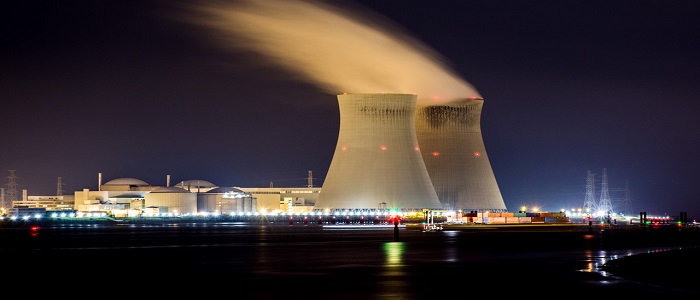
Atomic nuclei contain massive amounts of energy which are released when there are changes occurring in them. Application areas include electrical energy, radiotherapy, smoke detectors, and sterilization of disposable products.
All techniques used in nuclear technology work by manipulating/controlling these changes in the nuclei of What Is Technology? some specific elements. Nuclear power plants extensively use this technology to generate electricity. The nuclear power process boils water to create steam, which turns turbines to generate electricity. Nuclear energy is efficient and environmentally friendly.
Communication Technology

Networking technology extends the reach of audiovisual and telephone networks with computer networks through a unified system of cabling or links. Applications: LAN (Local Area Network), videotext, Teletext, Internet, wireless information transfer, GPS. Recently developed computing devices have contributed to network enhancements, some of which are specifically designed for network applications and data transformation.
Information retrieval refers to all electronic methods of receiving, storing, retrieving, processing, and transmitting information. Radio, television, mobile devices, communication devices, and satellite systems, among other things, are all included in this.
Electronics Technology
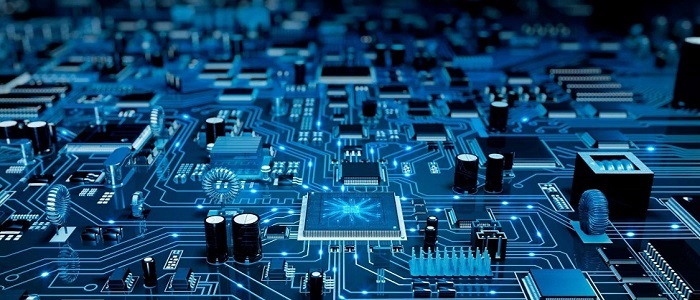
In electronic engineering, everything that involves the emission, flow, and control of electrons in vacuums and matter is considered. Applications include computers, smartphones, digital cameras, RADAR (Radio Detection And Ranging), power supplies, and multimeters.
There are several types of electronic components, such as capacitors, resistors, inductors, diodes, and transistors, that affect electrons or their associated fields in a manner consistent with the desired operation of the electronic system. Passive and active components, solid-state devices, audio and radio-frequency amplifying components, operational amplifiers, modulators, digital circuits, power supplies, and optoelectronic devices.
Medical Technology
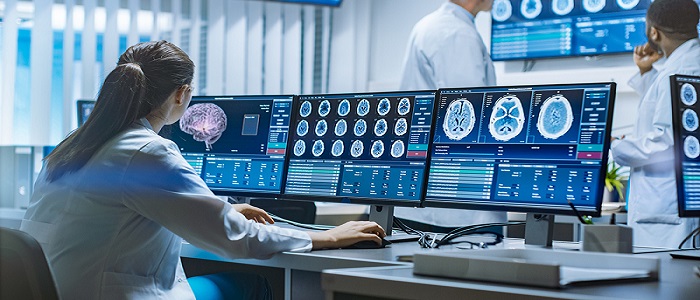
A stethoscope, a pacemaker, a ventilator, a CT scanner, and surgical robots are examples of this technology. Science is often used in medical technology to solve problems related to the prevention of disease, injury, and ill health. In this field, advanced machines may be used to detect diseases, treat patients, and monitor healthy living.
Medical devices include apparatuses, instruments, devices, implants, reagents, and software. A range of medical machines is used in the diagnosis, prevention, monitoring, treatment, and alleviation of disease, from syringes and sphygmomanometers (which measure blood pressure) to medical imaging technologies.
Mechanical Technology

Using mechanical robots to create cars, 3D printers to create power plants. The field of mechanical technology focuses on combining mechanical parts and materials in order to build functional structures that control or transmit motion. There are many types of gear systems, such as the brakes on a bicycle, the latch on a door, and so on.
The design and manufacture of useful products and production machinery is expected to be accomplished by mechanical engineering technologists using principles from product design, material sciences, and manufacturing processes. Their primary responsibility is troubleshooting machinery and automated equipment.
Materials Technology
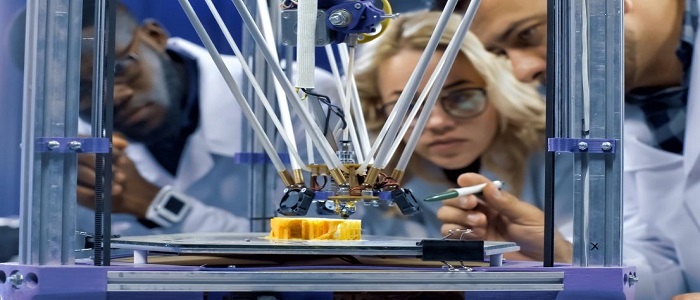
Micro-thrusters for satellites, self-healing coatings that protect metal products are examples of the applications of piezoelectric materials.
Material technology involves selecting materials that have properties that match the needs of a particular application. Materials may also be protected by resisting fatigue, corrosion.
For More Articles
